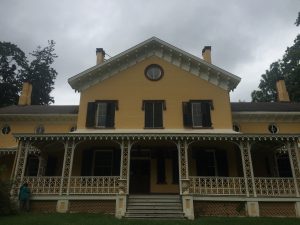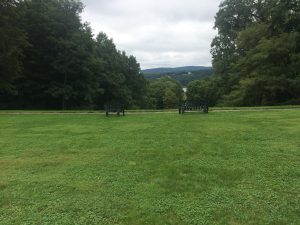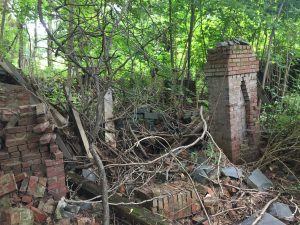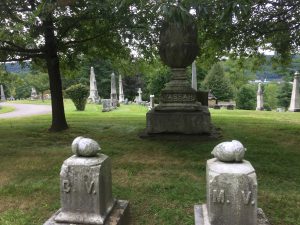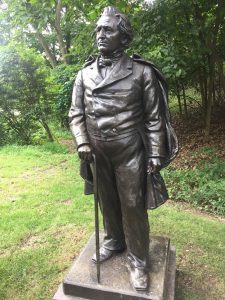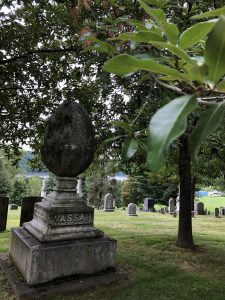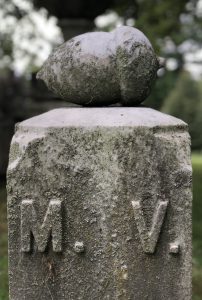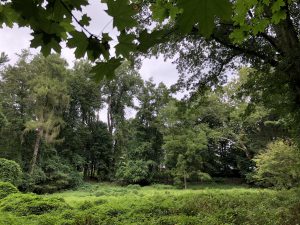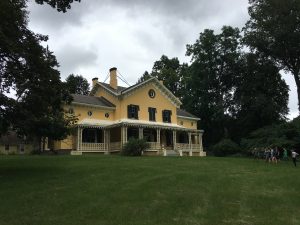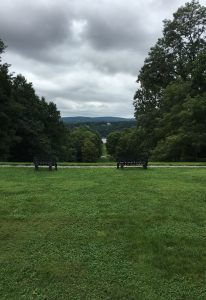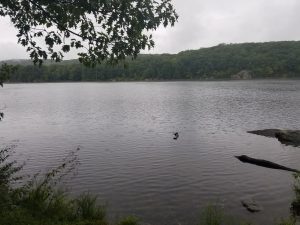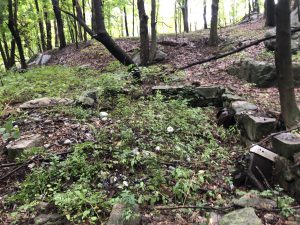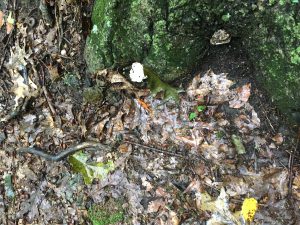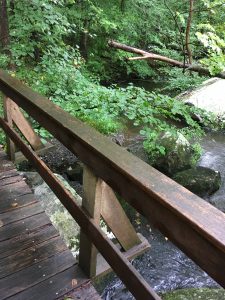People think of John Burroughs as a writer whose acclaim is lost in time. Unlike his contemporary John Muir, Burroughs observed the subtleties of the East, imbued more with finery than with drama, and spoke to a cosmopolitan audience. Muir, remembered today as a patriarch of environmentalism, captivated a nation with politically charged rhetoric and images of grand natural temples in the West, thus giving language to finalize America’s manifest destiny and consecrating vast “open” spaces within the American identity. Burroughs wrote in a tenderer tone with human appeal; “love is the measure of life,” he says, and intimacy with nature offers “an inexhaustible storehouse of that which moves the heart.”
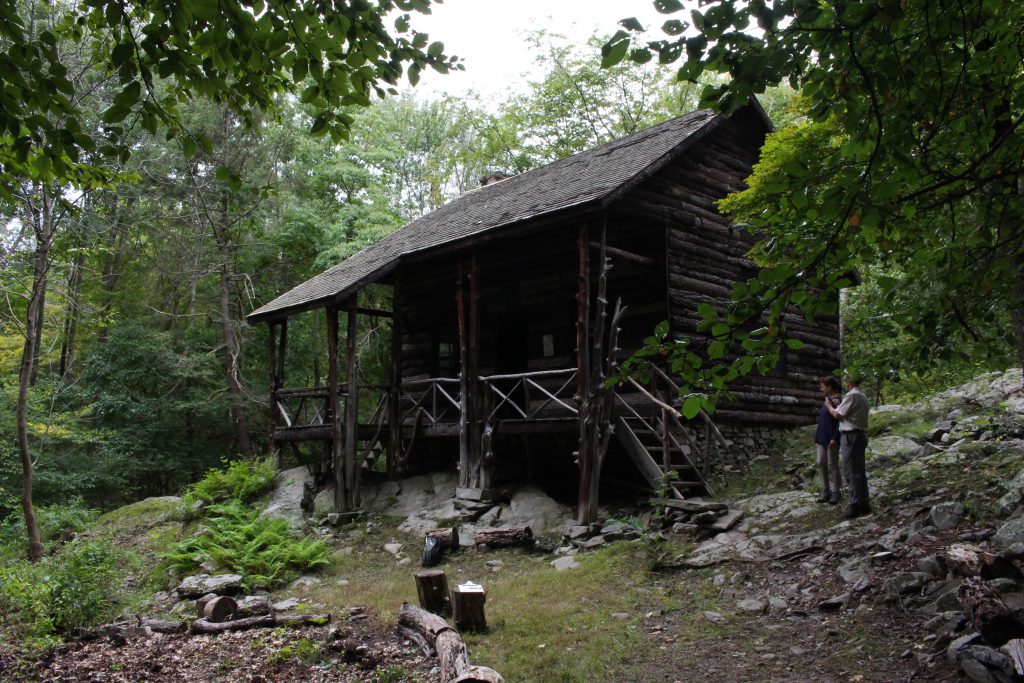
An exterior view of Slabsides.
Burroughs, more than Muir, gave Americans a new way of thinking. With his nature essays, Burroughs aroused a previously untapped curiosity toward the environment and its beauty. Though Burroughs is not widely remembered by name, his legacy is trusted by anyone who urges that people open their eyes to the world around them.
Slabsides is a place where I yearn to spend more time; to steep and to observe, to lose some cares. Working alongside and listening to Burroughs’ great-granddaughter Joan, I wanted to ask about her earliest memories of the place. What does it mean to her? What is her vision for it? – this “Whitman Land,” as Burroughs affectionately dubbed it after the poet whom he much admired.
A young teacher from the rural Catskills turned clerk at the US Treasury in Washington, DC, Burroughs encountered Walt Whitman. What the poet told him Burroughs took to heart. “Write what you know,” Joan recounted. And so Burroughs began to write of his place in the world. Around him, society transitioned from agriculture to manufacture; Burroughs could have watched from Slabsides the commerce sailing between wharves on the Hudson. For all his isolation, Burroughs was keen to listen and build trust. He understood the danger of enmity with hunters and loggers, and he treasured guileless youth above all.
Standing in the cabin at Slabsides, darkness draws attention to the windows and the forest outside. One window, festooned with books on shelves all about its frame, lets in an arm of light that comes to rest on Burroughs’ old straw hat. In the uncommon stillness of the place, it feels as though Burroughs has just left, descending the steps between the cedar posts for a long walk in the woods.

John Burroughs’ desk.
Posted in Uncategorized | No Comments »
